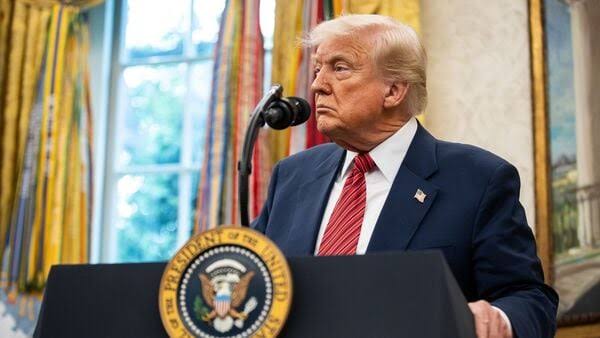In a significant legal blow to former President Donald Trump, a federal trade court has blocked the implementation of new tariffs that his administration attempted to justify using the India-Pakistan ceasefire agreement as a strategic basis.
The Court of International Trade in New York ruled that Trump overstepped his legal authority when he imposed sweeping tariff hikes—including a 26% duty on Indian imports—under the International Emergency Economic Powers Act (IEEPA). The tariffs, announced on April 2 and dubbed “Liberation Day,” aimed at imports from a range of countries including China, the EU, and India.
Trump’s administration argued that the May 10 ceasefire between India and Pakistan—both nuclear powers—was achieved only after both countries were offered “trading access with the US” as a diplomatic incentive to avert full-scale conflict.
In a court filing dated May 23, US Secretary of Commerce Howard W. Lutnick defended Trump’s actions, stating:
“This ceasefire was only achieved after President Trump interceded and offered both nations trading access with the United States to avert a full-scale war.”
However, a panel of three judges unanimously ruled that while foreign policy considerations are valid, the IEEPA does not grant the president unilateral power to enforce such broad economic measures without Congressional oversight.
Twelve Democrat-led states had filed suit, calling the tariffs “unlawful and arbitrary,” and accusing Trump of misusing emergency powers to make politically motivated trade decisions. The court sided with the states, emphasizing the need for checks and balances, especially when economic instruments are deployed in international diplomacy.
The ruling underscores rising legal tensions surrounding Trump’s use of executive authority and adds a fresh layer of controversy to his foreign and economic policy strategies.
This decision is likely to have wider implications for how future administrations invoke emergency powers in trade and foreign policy, particularly when tied to high-stakes geopolitical scenarios like the India-Pakistan standoff.





























